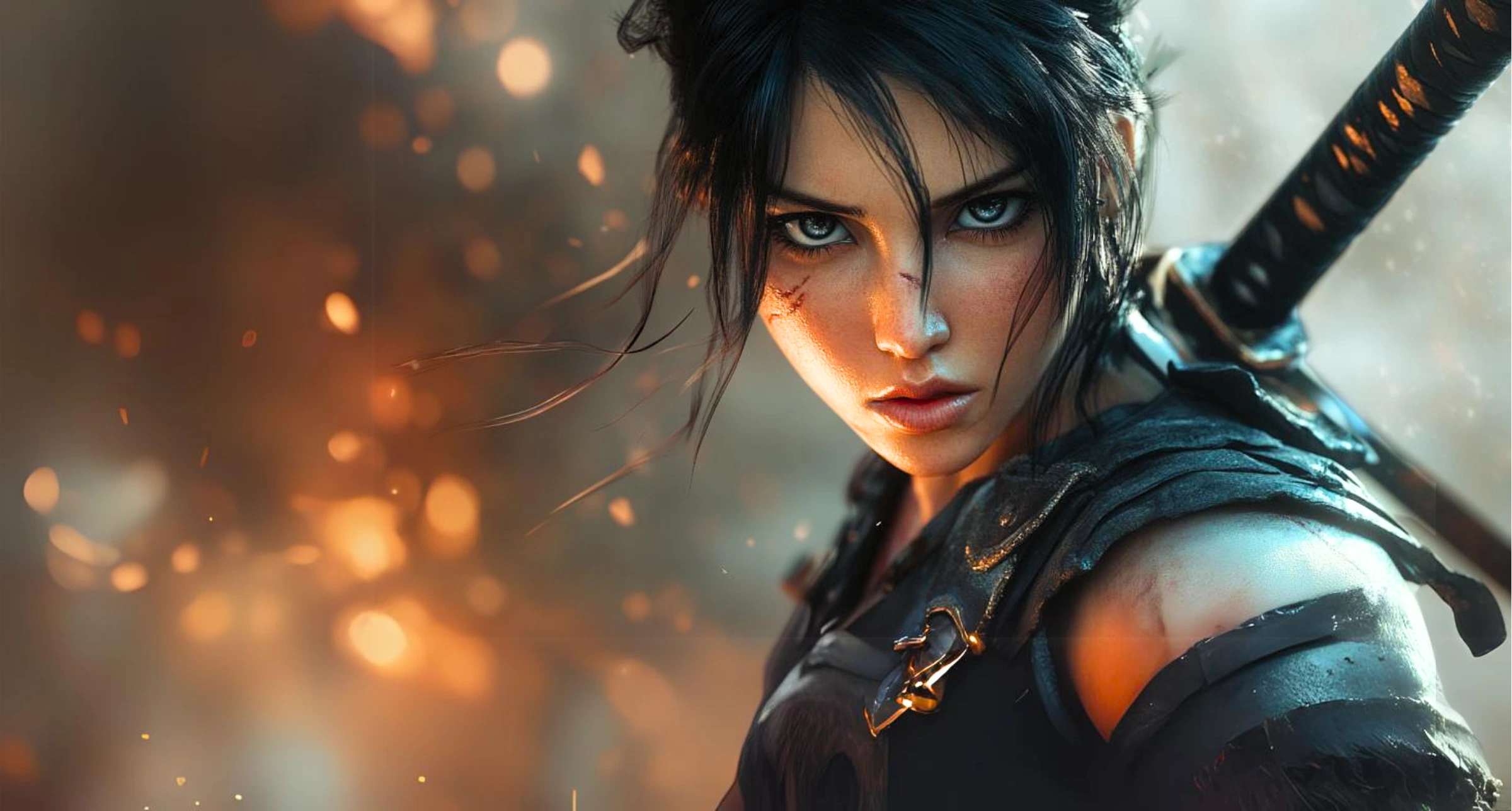The Challenge to AAA Creators is Unsustainable
The video game industry has seen significant evolution over the years, but not all of it has been positive. Former PlayStation executive Shawn Layden has been vocal about the growing reliance on AAA Gaming blockbusters and its detrimental impact on creativity. In a recent discussion, Layden pointed out that depending solely on blockbuster games is “a death sentence” for the industry. He emphasized how the focus has shifted from pure fun to intricate monetization schemes. In the past, studios would gauge success based on the enjoyment factor of their games, with a relatively high tolerance for risk. Today, the stakes are much higher, and risk aversion has become more common.
“Today, the entry costs for making a AAA game are in the triple-digit millions,” Layden noted. He believes that this high investment naturally lowers the industry’s tolerance for risk, leading developers to focus on sequels and copycats rather than innovative new ideas. Layden criticized how financial analysts look at successful titles like Fortnite and then push for clones, hoping to replicate the success of established hits. This, combined with studio consolidation, has led to what Layden describes as a “collapse of creativity” across the gaming landscape.
The Death of the AA Innovation Pipeline
Layden also highlighted the dying middle ground in the industry—the AA games. AA games have traditionally served as a breeding ground for innovation, often allowing studios to develop and release new, experimental titles at a faster pace than AAA projects. However, Layden pointed out that the relentless push towards AAA gaming production has eradicated this middle layer of development, which used to be home to studios like Interplay, Gremlin, Ocean, and THQ. These studios operated in the space between massive AAA productions and indie games, and their absence is hurting the ecosystem.
“If you become AAA, you survive,” Layden said. “Or if you do something interesting in the indie space, you could. But AA is gone.” He warned that this disappearance of the mid-tier game developers poses a threat to the diversity and health of the gaming industry, as it narrows the range of creative possibilities for both developers and players.
Older Blockbusters Continue to Compete for Playtime
Another challenge for the gaming industry lies in how players are spending their time. According to a report by Newzoo, more than 60% of playtime in 2023 was spent on games that were six or more years old. Titles like Grand Theft Auto V, Minecraft, and Fortnite continue to dominate, leaving less room for new releases to capture players’ attention. As gamers invest their time in older, established titles, it becomes even harder for newer games to break through—especially if they come from smaller, less-resourced studios.
A Healthy Pruning of the Industry?
Despite these challenges, some industry leaders see a potential upside in the shifting landscape. In a leaked email from 2023, Xbox head Phil Spencer offered a more optimistic perspective, describing what could be the end of AAA’s market dominance. Spencer pointed out that many of today’s most successful franchises, such as Fortnite, Roblox, Minecraft, and DOTA 2, were not created by traditional AAA publishers. These games came from independent studios with full access to digital distribution, a trend Spencer believes is a positive force for the industry.
“In the new world where a AAA publisher doesn’t have real distribution leverage with consumers, they don’t have production efficiencies, and their new IP hit rate is not disproportionately higher than the industry average,” Spencer wrote, “we see that the top franchises today were mostly not created by AAA game publishers.” According to him, while AAA publishers are still relying on established franchises created a decade ago, they struggle to create new hits. This shift could signal a future where smaller, more innovative developers play a more significant role in shaping the gaming industry.
Conclusion – Scale is Crushing AAA Gaming
The video game industry is at a crossroads. The massive scale and high costs of AAA gaming are stifling creativity, while the AA space—a vital source of innovation—continues to shrink. As players gravitate toward older blockbusters, the room for new ideas becomes even smaller.
However, voices like Phil Spencer suggest that this might not be a death knell but a healthy pruning, clearing the way for a more diverse and innovative future. Whether this shift will lead to a renaissance of creativity or further consolidation remains to be seen. Still, one thing is clear: the days of traditional AAA gaming dominance may be numbered.
About QDStaff
If you want to improve game revenue you need a recruiting partner with a scientific approach to game studio talent transformation. Good games aren’t luck. They are the result of great teams… and our clients prove it.
More at www.QDStaff.com
Follow QDStaff on LinkedIn for more insights on building award-winning game studios.




